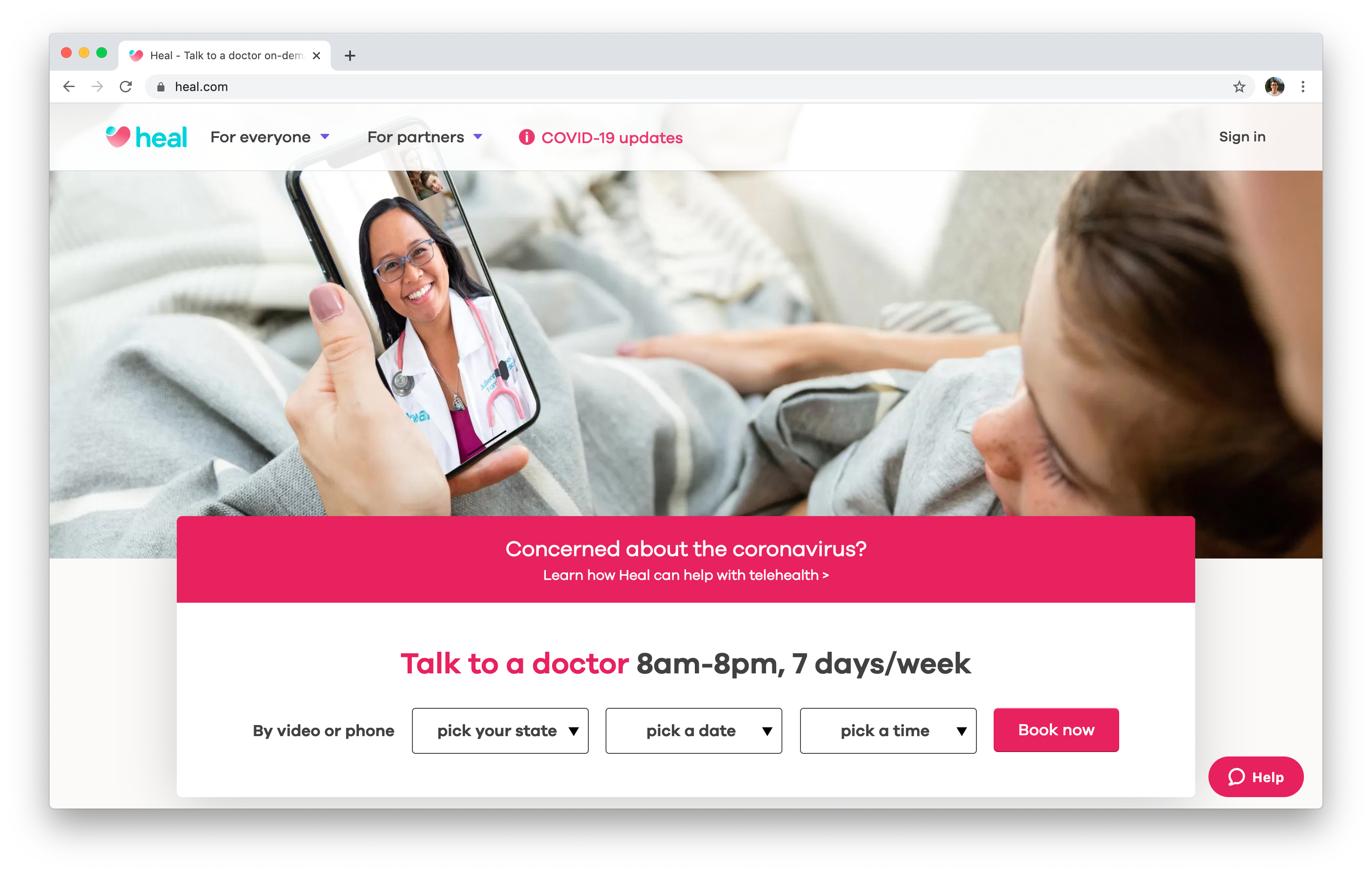Checking out the Development of Subscription Based Healthcare in the Digital Age
Checking out the Development of Subscription Based Healthcare in the Digital Age
Blog Article
Comprehending the Cost-Effectiveness of Subscription-Based Health Care Designs
As the medical care landscape develops, subscription-based designs emerge as a compelling option, promising to redefine just how people take care of medical expenses. Assessing these designs' cost-effectiveness requires a nuanced comparison with conventional insurance coverage, thinking about both economic implications and individual satisfaction.
Summary of Subscription-Based Designs
Subscription-based healthcare models, in some cases referred to as direct health care or attendant medication, are significantly acquiring attention as a possible option to ineffectiveness within conventional health care systems. These designs operate on the principle of offering people straight access to doctor via a regular monthly or yearly cost, bypassing the requirement for typical insurance policy mechanisms. This setup aims to enhance patient-provider interactions by decreasing management concerns, which commonly prevent timely and customized care.
At the core of subscription-based versions is the focus on a more personalized patient experience. Clients take advantage of boosted accessibility to their medical professionals, often including next-day or same-day visits, expanded appointment times, and direct interaction networks such as phone or video phone calls. This version fosters an aggressive method to healthcare, where suppliers and individuals can collaboratively focus on preventative care and chronic illness administration.

Expense Comparison With Traditional Insurance Coverage

One of the primary economic advantages of subscription designs is transparency in expenses. On the other hand, traditional insurance policy might be more helpful for people needing specialized treatment or pricey treatments not covered under a membership model, as they benefit from the broader protection network and cost-sharing systems.
Nevertheless, cost-effectiveness is context-dependent. While membership versions might supply savings for those mostly needing health care, individuals with persistent conditions or specialized health care needs could find conventional insurance coverage much more comprehensive. Therefore, reviewing particular health care needs and possible use is critical in determining one of the most cost-effective choice for individuals.
Effect on Patient Complete Satisfaction
Patient fulfillment within subscription-based healthcare models often shows a substantial enhancement over standard insurance policy systems. Unlike standard systems, where individuals could experience delays in obtaining treatment, subscription-based versions make sure more straight and timely communications with medical care suppliers.
Additionally, the openness in prices connected with subscription-based health care relieves the usual stress connected to unanticipated costs and complex billing processes seen in traditional insurance (subscription based healthcare). Patients value recognizing the specific economic commitment upfront, leading to increased count on and self-confidence in their healthcare management
Additionally, the emphasis on preventive treatment and wellness in membership designs adds to boosted wellness outcomes, further improving client fulfillment. By concentrating on recurring health and wellness maintenance instead of episodic care, clients experience a more all natural and continuous healthcare trip.
Moreover, the boosted provider-patient connection cultivated in these designs, identified by more time invested per client and personalized focus, plays a critical role in elevating person contentment levels, as people feel genuinely cared for and comprehended.
Provider Point Of Views and Experiences
From the provider's perspective, subscription-based health care designs offer a transformative strategy to delivering clinical services. These versions stress a preventative and aggressive health care technique, enabling service providers to concentrate on comprehensive client treatment without the restraints of typical fee-for-service arrangements (subscription based healthcare). This change in focus often leads to enhanced patient outcomes and raised supplier complete satisfaction, as healthcare experts can allocate more time and sources to patient involvement and individualized care plans
In addition, subscription versions promote predictable profits streams, you can try here which boost monetary security for doctor. This predictability permits boosted resource preparation and appropriation, adding to a much more effective healthcare delivery system. Service providers can spend in team innovation, framework, and training improvements, therefore enhancing the quality of treatment used.
Nonetheless, the shift to subscription-based models is not without obstacles. Providers have to adjust to new operational frameworks, which can include significant adjustments in billing techniques and client administration systems. Furthermore, there is an inherent demand for robust information administration to track patient outcomes and ensure quality treatment. Regardless of these hurdles, lots of providers find that the advantages of boosted client interaction and structured procedures outweigh the preliminary obstacles, making subscription-based versions an appealing alternative.
Future Potential Customers and Challenges

A main obstacle is regulative conformity, as registration designs have to comply with evolving healthcare policies and insurance policy needs. This requires continuous adjustment and technology to make sure positioning with lawful criteria. Additionally, incorporating these versions into existing healthcare facilities can be complicated, calling for significant investments in technology and training.
There is likewise the potential risk of creating injustices in medical care access, as membership versions might favor those that can manage them, leaving susceptible populations underserved. Addressing this requires thoughtful consideration of rates methods and subsidy devices to make sure inclusivity.
Conclusion
Subscription-based healthcare models offer a viable choice to traditional insurance policy by offering financial predictability and openness, particularly profiting individuals with chronic problems or regular medical care needs. The cost-effectiveness of these models rests upon private health care use patterns and situations. While they may enhance patient satisfaction and enhance budgeting, obstacles continue to be in dealing with specialized treatment demands. Future considerations include balancing extensive insurance coverage with affordability and integrating these versions within the wider medical care system for optimal results.
Subscription-based medical care versions, occasionally referred to as straight main care or concierge medicine, are progressively gaining focus as a prospective remedy to ineffectiveness within conventional medical care systems. Unlike standard systems, where people might experience delays in receiving care, subscription-based versions ensure even more timely and direct interactions with health care suppliers.
These designs stress a preventative and aggressive health care technique, enabling providers to focus on detailed individual treatment without the restraints of typical fee-for-service plans. As these designs proceed to gain traction, go to my site they use the possible to transform go person access to care, simplify solution distribution, and maximize medical care spending.Subscription-based health care models offer a practical alternative to typical insurance by using financial predictability and transparency, especially benefiting people with chronic problems or constant medical care requirements.
Report this page